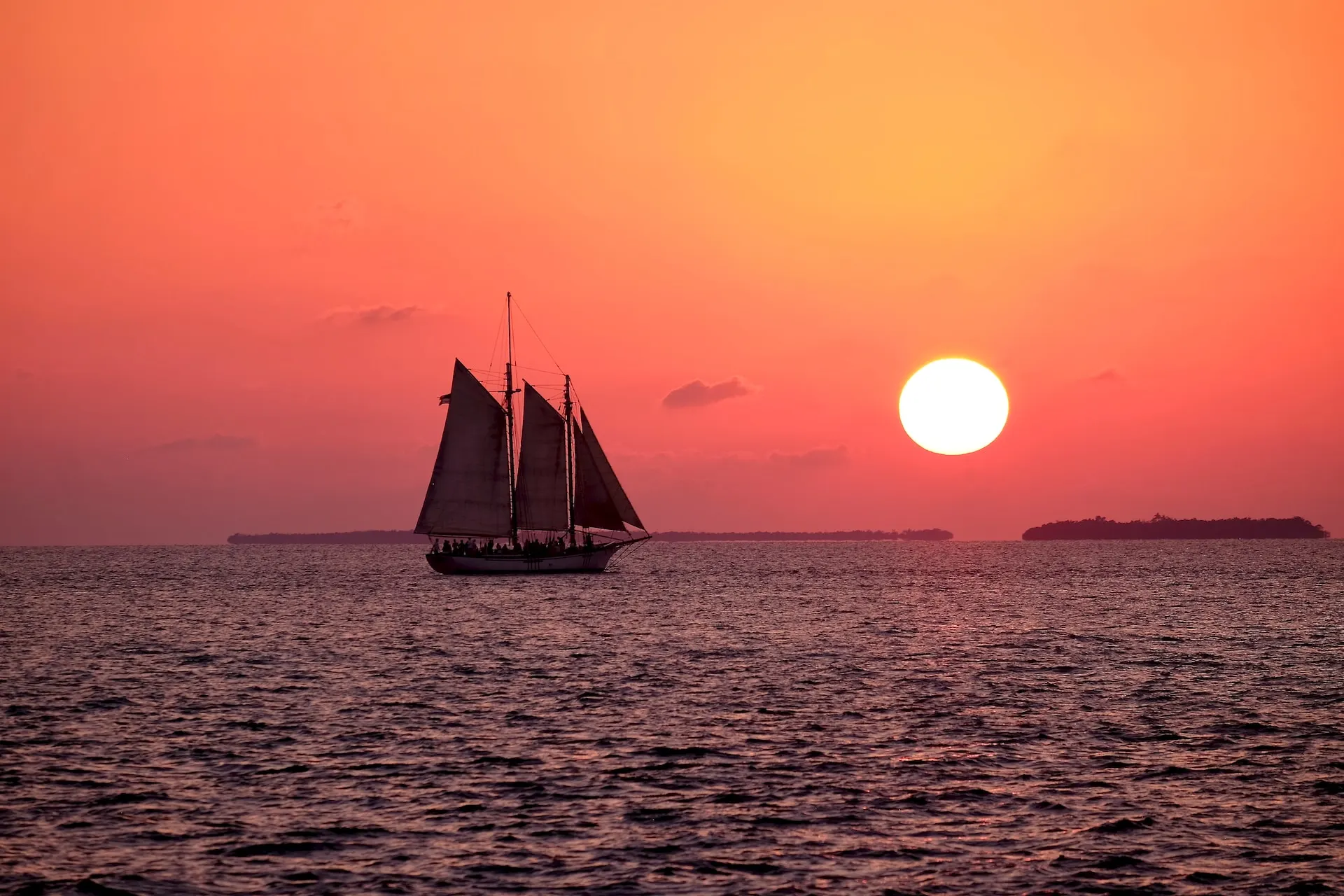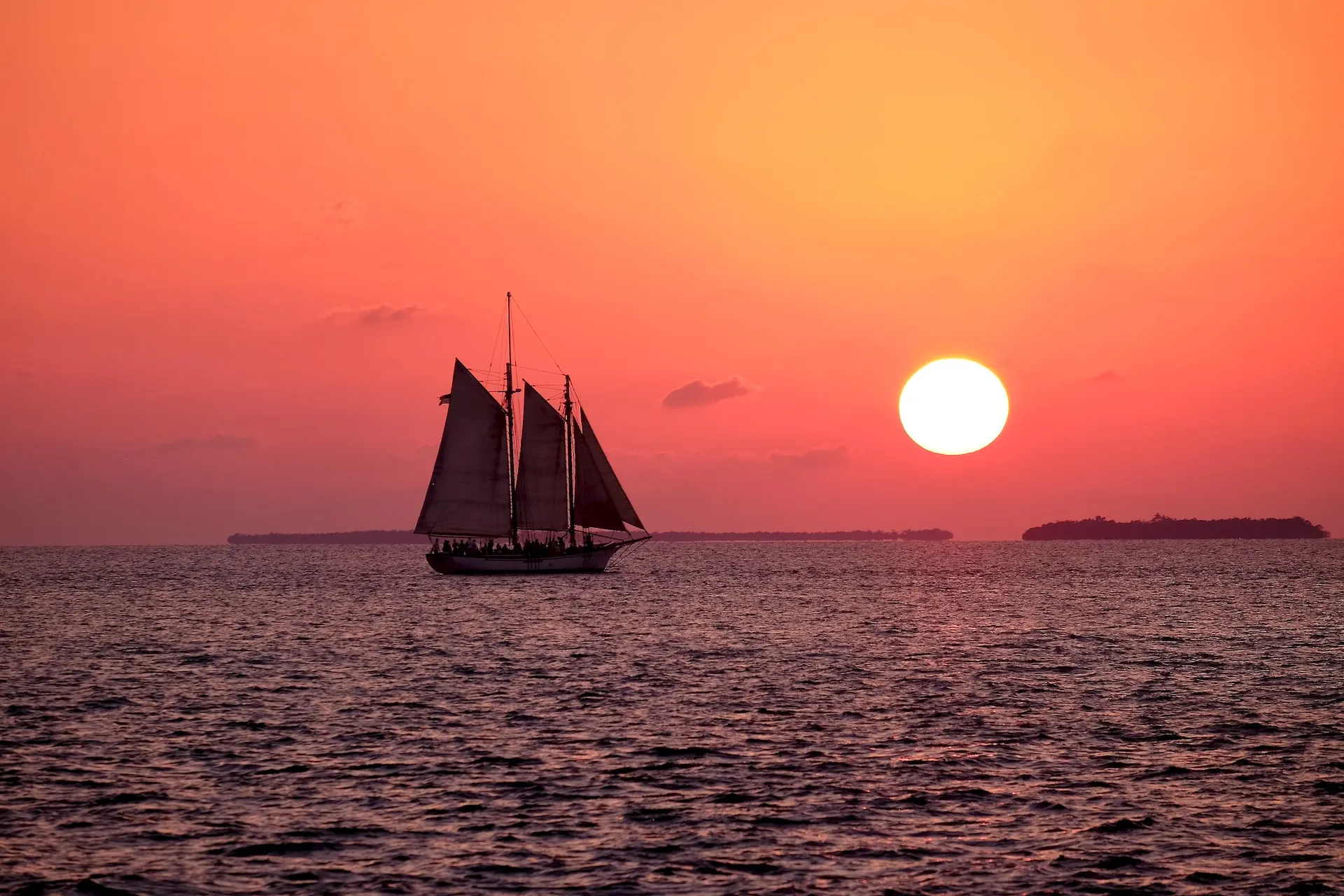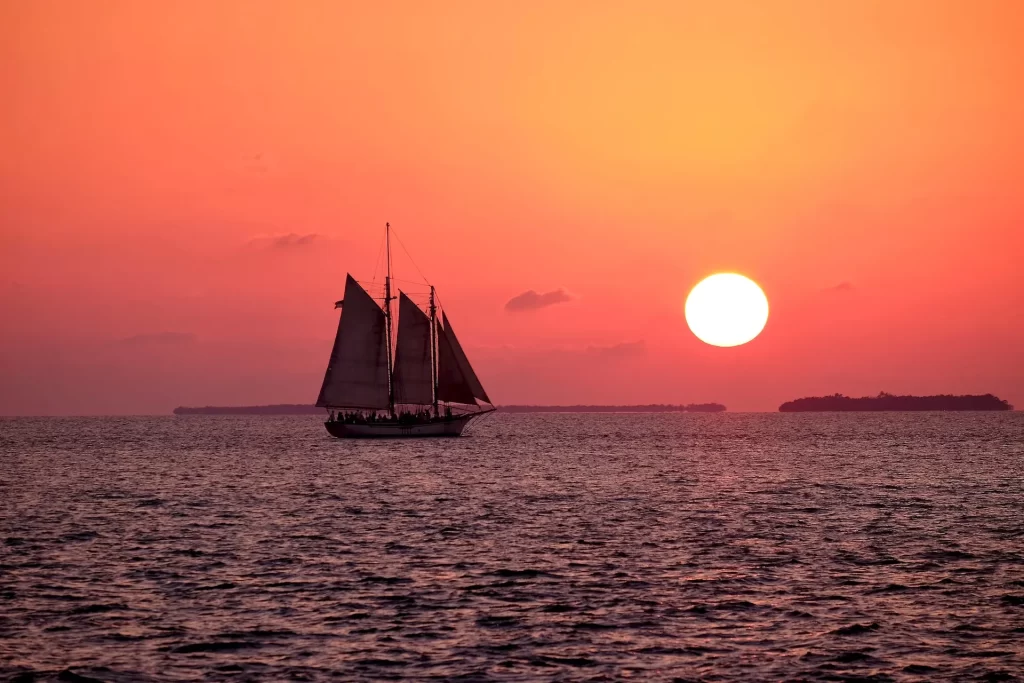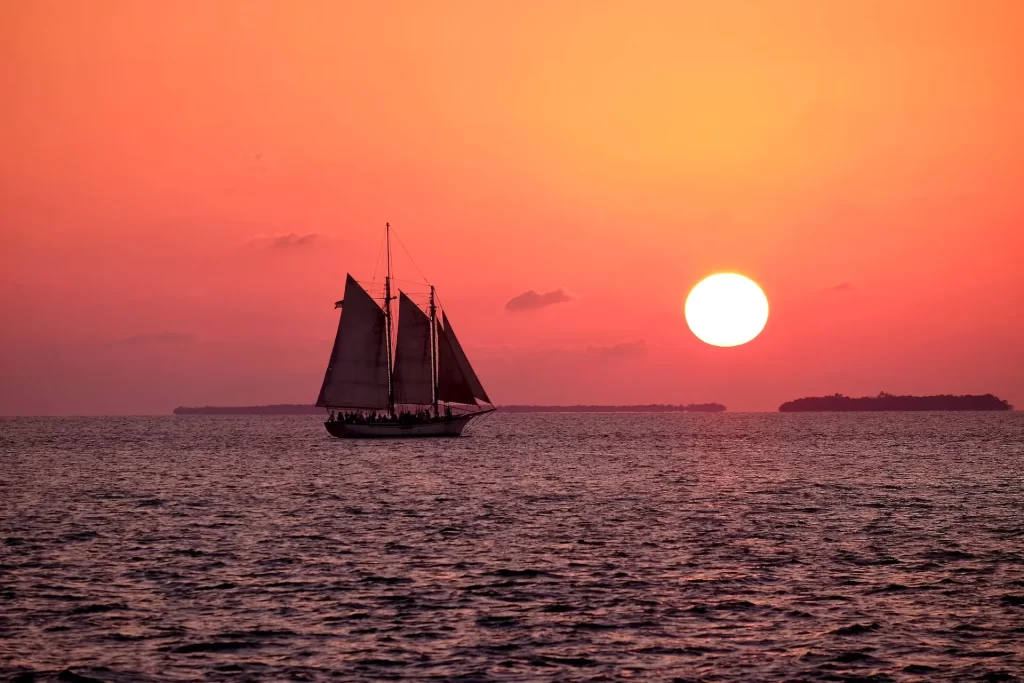Setting out on a boating journey can be a thrilling experience, allowing you to explore the beauty and serenity of the open water. However, a frequently asked question by many boating enthusiasts is how long it would take to travel a certain distance, such as 50 miles, by boat. In this comprehensive guide, we will tackle this question and provide an in-depth look at various factors that can affect your travel time, ensuring that your boating adventure is both enjoyable and well-planned.
Factors Affecting Travel Time
There are several variables to consider when calculating how long it would take to travel 50 miles by boat. These factors can greatly influence the amount of time it takes to complete your journey, so it is essential to take them into account when planning your trip.
1. Type of Boat
The type of boat you are using plays a significant role in determining your travel time. Boats come in various shapes, sizes, and designs, each offering unique features and performance characteristics. Some common types of boats include motorboats, sailboats, and yachts. Generally speaking, the faster your boat, the quicker you’ll be able to cover the 50-mile distance.
2. Boat Speed
Boat speed is undoubtedly an essential consideration, as the faster you are moving, the less time it will take to complete your trip. Speed is commonly measured in knots (nautical miles per hour): one knot is equivalent to approximately 1.15 miles per hour (mph). Speeds can range from a leisurely 5 knots to a speedy 40 knots or more. Keep in mind that your boat’s top speed may not always be achievable in real-world conditions, as factors such as water currents and weather can impact your boat’s performance.
3. Weather Conditions and Sea State
Weather conditions play a crucial role in your travel time. Calm seas and pleasant weather often translate into faster travel times for boaters, while rough waters and strong winds can slow down your journey considerably. Always check local weather forecasts before setting out on your adventure, and plan accordingly. Additionally, make sure your boat can handle the anticipated sea state, as rough waters can be hazardous to navigate, especially for inexperienced sailors.
4. Navigation and Routing
The route you take to travel the 50-mile distance will also impact your travel time. A direct route allows you to reach your destination in the shortest amount of time. However, natural obstacles, such as islands, may force you to take a longer path to reach your desired location. Using nautical charts and GPS devices can significantly aid in planning and navigating your chosen route, helping to ensure that you make the most of your time on the water.
Estimating Travel Time for Different Boat Types
Now that we understand the factors affecting travel time, let’s dive into some examples and calculations to give you a better idea of how long it might take to travel 50 miles by boat.
1. Motorboats
Motorboats are a popular choice for boating enthusiasts, as they typically offer greater speed and control compared to sailboats. With a wide range of sizes and styles available, motorboats can be outfitted for various purposes, such as fishing, water sports, or leisurely cruising. Smaller motorboats can travel at speeds of 20-30 knots, while larger yachts and powerboats often reach speeds of 40 knots or more. Here are some estimated travel times for different motorboat speeds:
| Speed (knots) | Speed (mph) | Estimated Travel Time |
|---|---|---|
| 20 | 23 | 2 hours 30 minutes |
| 30 | 34.5 | 1 hour 45 minutes |
| 40 | 46 | 1 hour 10 minutes |
2. Sailboats
Sailboats rely on wind power rather than a motor, which results in slower speeds compared to motorboats. However, the tranquil experience of sailing can be quite rewarding, and the reduced reliance on fuel can make for a more environmentally friendly and cost-effective journey. Average sailboat speeds range from 5-15 knots, depending on factors such as the size of the sailboat and wind conditions. Here are some estimated travel times for different sailboat speeds:
| Speed (knots) | Speed (mph) | Estimated Travel Time |
|---|---|---|
| 5 | 5.75 | 10 hours |
| 10 | 11.5 | 5 hours |
| 15 | 17.25 | 3 hours 20 minutes |
Conclusion: Making the Most of Your Journey
In conclusion, the time it takes to travel 50 miles by boat depends on factors such as boat type, speed, weather conditions, and navigation. As a general rule, motorboats are faster than sailboats, allowing for shorter travel times. However, the ultimate duration of your trip will depend on your specific circumstances and preferences. By understanding the factors that influence travel time and estimating your trip’s duration, you can make informed decisions to ensure a safe and enjoyable boating adventure, making lasting memories along the way.
Frequently Asked Questions
How long does it take to travel 50 miles by boat?
The time it takes to travel 50 miles by boat depends on the speed of the boat. For example, if the boat is moving at 10 miles per hour, it would take 5 hours to travel 50 miles. To calculate the time, simply divide the distance (50 miles) by the speed of the boat (in miles per hour).
How long does it take to travel 100 miles by boat?
Similar to the previous question, the time it takes to travel 100 miles by boat depends on the speed of the boat. If the boat is moving at 20 miles per hour, for instance, it would take 5 hours to travel 100 miles. To find the time, divide the distance (100 miles) by the boat’s speed (in miles per hour).
How long does 20 miles in a boat take?
The time it takes to travel 20 miles by boat depends on the boat’s speed. If the boat is traveling at 10 miles per hour, it would take 2 hours to travel 20 miles. To calculate the time, divide the distance (20 miles) by the speed of the boat (in miles per hour).
How many miles can a boat travel per hour?
The number of miles a boat can travel per hour depends on the speed of the boat, which can vary significantly based on its type, engine, and conditions. On average, a speedboat can travel between 20-30 miles per hour, while a sailboat normally moves around 5-15 miles per hour. To determine the exact speed of a specific boat, consult the owner’s manual or specifications.
How long does it take to travel 50 miles?
The time it takes to travel 50 miles not only depends on the mode of transportation but also on its speed. For example, it could take an hour in a car traveling at 50 miles per hour, whereas a boat traveling at 10 miles per hour would take 5 hours to cover the same distance. To calculate the time, simply divide the distance (50 miles) by the speed of your transportation (in miles per hour).
What factors can affect a boat’s travel time?
Several factors can influence a boat’s travel time, including weather conditions, water currents, the weight and type of the boat, engine efficiency, and navigation skills. Planning ahead and monitoring weather and water conditions can help you estimate travel time more accurately.
Does the boat’s size impact its travel time?
Yes, the boat’s size can impact its travel time. Larger boats typically have larger engines, allowing for higher speeds, but this is not always the case. The boat’s design and weight also play a role in determining its speed and efficiency in the water.
How can you calculate your boat’s speed in miles per hour?
To calculate your boat’s speed in miles per hour, measure the distance you travel in a specific time frame, such as one hour. For instance, if you travel 20 miles in two hours, your boat’s speed is 10 miles per hour (20 miles ÷ 2 hours = 10 mph).
Do fuel efficiency and speed correlate while boating?
Yes, fuel efficiency and speed are generally correlated in boating. Higher speeds often result in increased fuel consumption, while operating at slower speeds can improve fuel efficiency. The boat’s design, engine type, and weight can also impact fuel efficiency.
Are there any tools to help estimate a boat’s travel time?
Several online tools, such as marine GPS systems and boating apps, can help you estimate your boat’s travel time based on distance, speed, and trip details. These tools may also factor in real-time weather and water conditions to provide more accurate estimates.
- Addressing Common Stik Boat Problems: Expert Solutions and Tips - June 15, 2023
- Sea Hunt Boat Problems: Common Issues & Solutions Explored - June 15, 2023
- Rinker Boat Problems: Top Issues & Solutions for Owners - June 15, 2023








